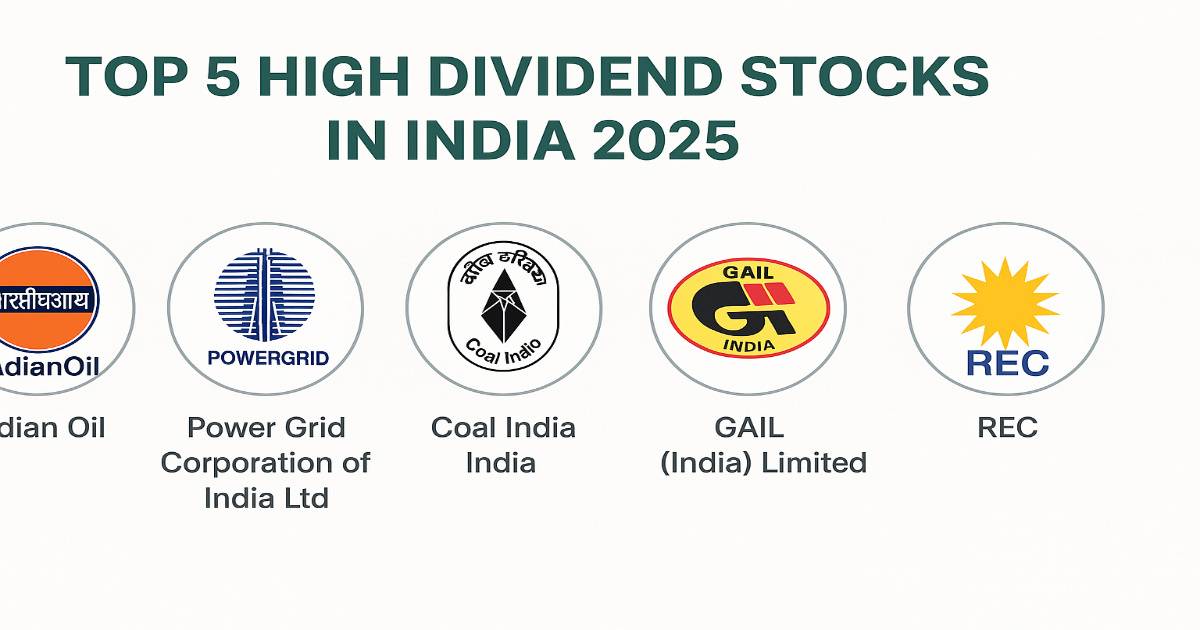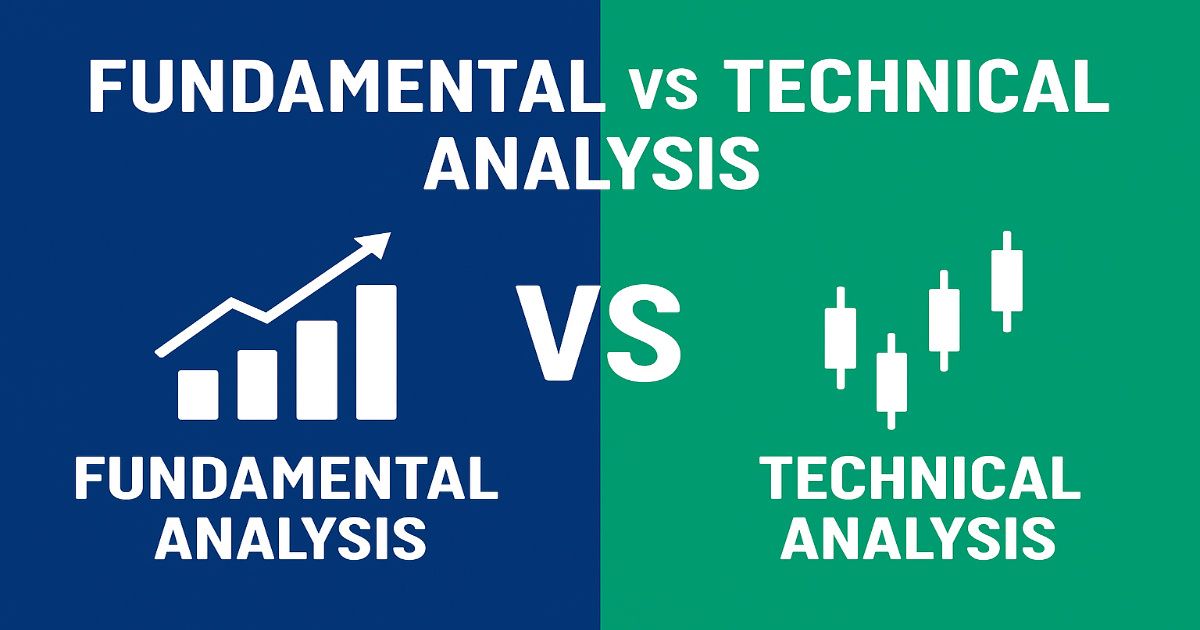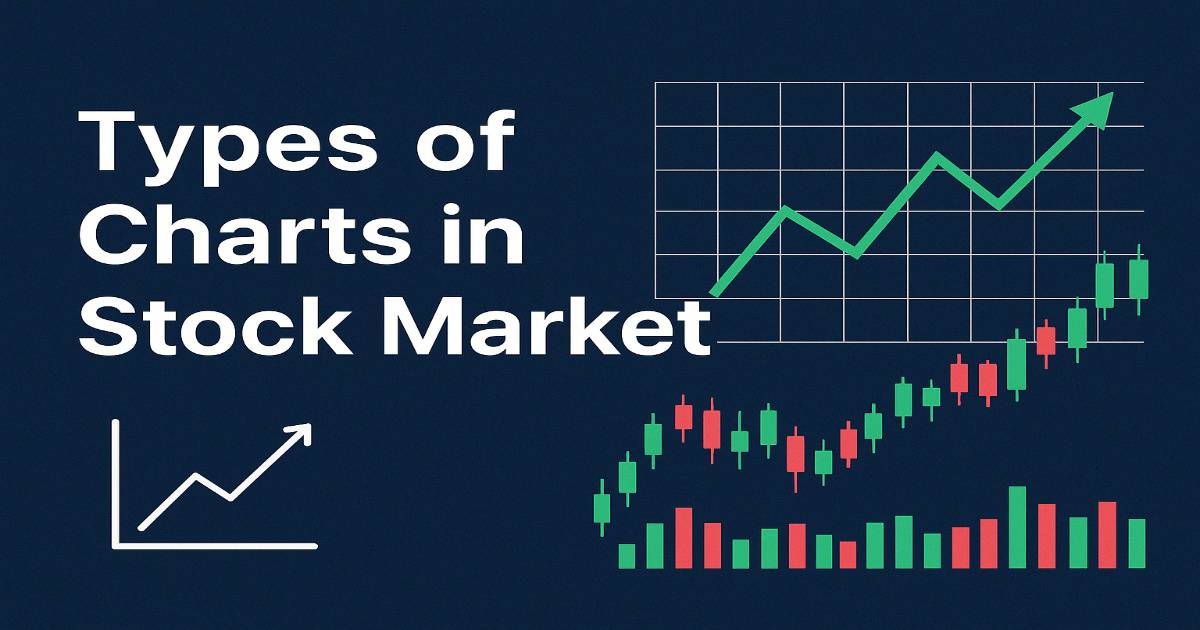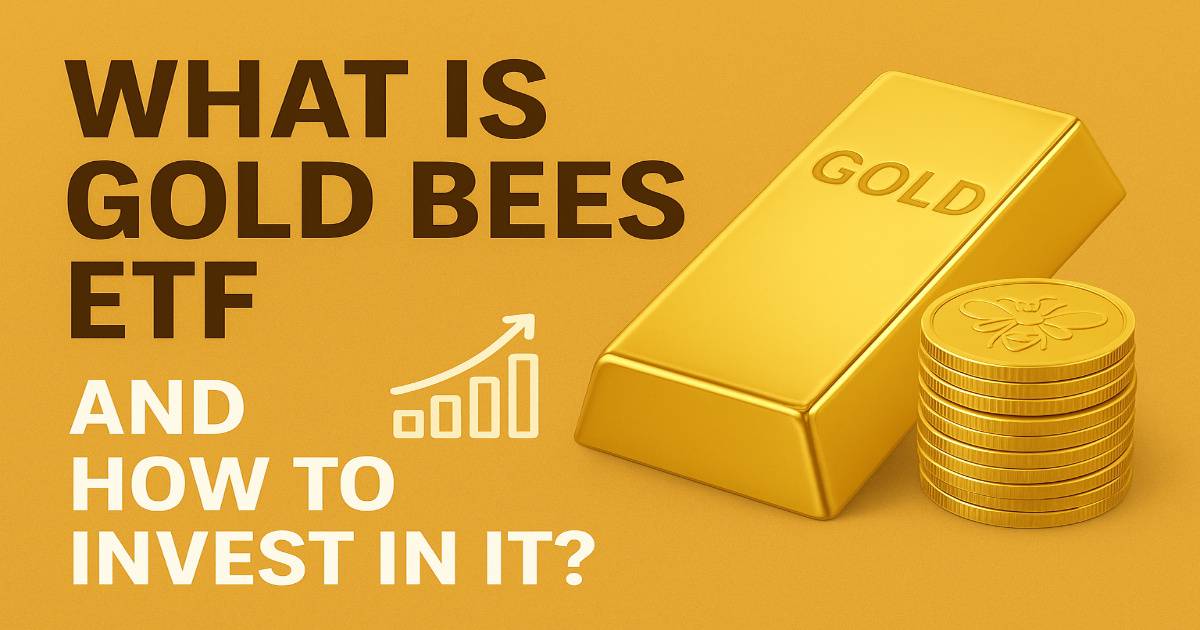Are you looking for reliable income from your stock investments without depending solely on market movements? Dividend-paying stocks are your answer. These companies share a portion of their profits with investors regularly, making them ideal for generating passive income. In 2025, with market volatility and interest rate uncertainty, investing in high dividend yield stocks is a smart move—especially if you want steady cash flow.we will explore the Top 5 High Dividend Stocks in India that have consistently rewarded their shareholders and are expected to continue doing so in the coming years.
What are Dividend Stocks?
Dividend stocks are shares of companies that return a part of their earnings to shareholders, usually quarterly or annually. The dividend yield is calculated as:
Dividend Yield = (Annual Dividend / Share Price) × 100
Stocks with high dividend yields (above 6%) are usually mature, cash-rich businesses. These are popular among long-term investors, especially retirees and those seeking regular income.
Top 5 High Dividend Stocks in India 2025
Let’s explore the best dividend-paying stocks in India that can help you build a stable, income-focused portfolio.
1. Hindustan Zinc Ltd
Hindustan Zinc is India’s largest and the world’s second-largest zinc producer. It is a subsidiary of Vedanta Ltd and has strong financial backing. The company also produces lead and silver—critical components in batteries and industrial usage.
- Sector: Metals & Mining
- Dividend Yield: ~14–15%
- Dividend per Share (FY24): ₹26+
- Market Cap: ₹1.5 lakh crore+
2. Coal India Ltd
Coal India is a government-owned and the world’s largest coal mining company. It fulfills around 80% of India’s coal demand, making it a monopoly in the sector. The company has a history of strong cash generation and minimal competition.
- Sector: Mining / Energy
- Dividend Yield: ~9–10%
- Dividend per Share (FY24): ₹20.50
- Market Cap: ₹2.7 lakh crore+
3. Power Finance Corporation Ltd
PFC is a under By Ministry of Power, India. It finances power sector projects across the country—generation, transmission, and distribution. With over 30 years of experience, PFC has become a backbone of India’s energy infrastructure.
- Sector: NBFC / Infrastructure Finance
- Dividend Yield: ~7.5–8.5%
- Dividend per Share (FY24): ₹12.5
- Market Cap: ₹1.2 lakh crore+
4. REC Ltd
REC Ltd (formerly Rural Electrification Corporation) is another public sector NBFC, primarily lending to power generation, transmission, and rural electrification projects. It has a similar business model to PFC but focuses more on rural energy needs.
- Sector: NBFC / Power Finance
- Dividend Yield: ~7–8%
- Dividend per Share (FY24): ₹15.75
- Market Cap: ₹1 lakh crore+
5. Indian Oil Corporation Ltd
IOC is India’s largest oil refining and fuel marketing company. It owns over 50% of India’s total refining capacity and has a wide distribution network. It is also a Navratna PSU with major government shareholding.
- Sector: Oil & Gas
- Dividend Yield: ~6.5–7%
- Dividend per Share (FY24): ₹10.4
- Market Cap: ₹2 lakh crore+
Top 5 High Dividend Stocks List
| Company | Dividend Yield | Dividend/Share (FY24) | Sector | Risk Level |
|---|---|---|---|---|
| Hindustan Zinc | 14–15% | ₹26+ | Metals & Mining | Low |
| Coal India Ltd | 9–10% | ₹20.5 | Energy / Mining | Low |
| PFC | 7.5–8.5% | ₹12.5 | Infrastructure NBFC | Low-Medium |
| REC Ltd | 7–8% | ₹15.75 | Power NBFC | Low-Medium |
| Indian Oil Corp | 6.5–7% | ₹10.4 | Oil & Gas | Low |
Important Tips Before Investing in Dividend Stocks
- Look Beyond Yield: High yield can sometimes mean weak fundamentals. Check balance sheets too.
- Check Payout Ratio: Avoid companies paying more than 80–90% of profits unless justified.
- Track Dividend History: Pick companies with a consistent dividend-paying record for 5–10 years.
- Avoid Sudden High Yielders: A sudden spike in dividend yield may be due to a drop in share price (red flag).
- Diversify Sectors: Don’t invest only in one sector—combine PSU, private, energy, and finance.
What Makes a Stock a Good Dividend Pick?
1. Consistent Dividend History
Look for companies that have paid dividends regularly for at least 5–10 years. Consistency shows management’s commitment to rewarding shareholders, even during volatile market periods.
2. Healthy Dividend Yield (DY)
Dividend yield is the annual dividend divided by the current stock price. A high DY (above 5–6%) is considered attractive, but extremely high yields (above 10–12%) may signal trouble if not backed by strong earnings.
3. Low to Moderate Payout Ratio
The payout ratio is the percentage of earnings paid as dividends. A ratio between 30% to 70% is ideal. If a company pays too much, it might not reinvest enough back into the business.
4. Strong Cash Flows
A company must have positive and stable cash flows to sustain and grow its dividends. Firms in essential sectors like power, energy, and banking often have stable income streams.
5. Debt Management
Companies with low debt levels are better positioned to pay dividends consistently. High-debt companies may be forced to cut dividends in tough times to service debt.
6. Business Model and Sector Stability
Pick companies from defensive sectors like:
- Public sector enterprises (PSUs)
- Utilities (power, gas, water)
- FMCG or essential commodities
These sectors tend to have stable earnings and low disruption risks, which supports regular dividend payments.
7. Promoter & Government Support
Government-backed companies (like Coal India, PFC, REC) are known to pay high dividends due to policy mandates. Promoter confidence also matters.
8. Growth + Dividends Combo
An ideal dividend stock should not only provide income but also have the potential for capital appreciation over time.
For example: Hindustan Zinc has delivered both strong stock growth and hefty dividend payouts.
Benefits of Investing in High Dividend Stocks
1. Regular Passive Income
High dividend stocks provide a steady stream of income—monthly, quarterly, or annually. This is especially useful for:
- Retired investors
- People looking to supplement their salary
- Individuals building a passive income stream
Example: Coal India and PFC regularly distribute dividends, which many investors use as income.
2. Better Returns Than Fixed Deposits (FDs)
With bank FD rates ranging between 5–6%, many high dividend stocks in India offer yields of 7–15%, along with the added benefit of stock price appreciation.
A good dividend stock can beat inflation and FD returns over time.
3. Lower Volatility and Risk
Dividend-paying companies are often financially stable, mature businesses with reliable cash flows. They tend to fall less during market downturns and recover faster.
PSUs like REC and IOC are classic examples of low-volatility dividend stocks.
4. Tax Efficiency (Compared to FD Interest)
- Up to ₹5,000 per company in dividends is TDS-free.
- Dividends are taxed as per slab, but you can manage them better than FD interest, which is taxed fully.
For senior citizens, dividend income can often be more efficient than interest income.
5. Stronger Long-Term Wealth Creation
When you combine stock price appreciation + dividend income, the total return on your investment is often higher than non-dividend stocks, especially in stable sectors like energy and finance.
How to Calculate Dividend Yield in Stocks
| Section | Details |
|---|---|
| Formula | Dividend Yield = (Annual Dividend per Share ÷ Current Market Price per Share) × 100 |
| Example | Suppose a stock pays ₹20 as annual dividend, and the current share price is ₹400. Dividend Yield = (₹20 ÷ ₹400) × 100 = 5% So, for every ₹100 invested, you earn ₹5 annually. |
How to Build a Dividend-Focused Portfolio in India
Creating a dividend-focused portfolio is a smart way to earn consistent passive income while building long-term wealth. But it’s not as simple as picking the stocks with the highest yield — you need to follow a structured strategy. Here’s how to do it step by step:
Step 1: Set Your Investment Goal
Ask yourself:
- Are you investing for monthly income, retirement, or wealth creation?
- How much risk can you tolerate?
Your investment goal will decide your stock selection strategy.
Step 2: Diversify Across Sectors
Don’t put all your money into a single sector. Choose dividend-paying stocks from:
- Power & Utilities (e.g., NTPC)
- Oil & Gas (e.g., Indian Oil)
- Metals (e.g., Hindustan Zinc)
- Financials (e.g., PFC, REC)
Diversification reduces risk and improves return stability.
Step 3: Mix of High Yield and Growth
Combine:
- High Dividend Yield Stocks: For regular income (e.g., Coal India, REC)
- Moderate Yield + High Growth Stocks: For long-term capital appreciation (e.g., Hindustan Zinc)
This ensures balance between income today and growth tomorrow.
Step 4: Check for Consistency & Fundamentals
Use these filters before adding any stock:
- 5+ years of consistent dividend payment
- Reasonable payout ratio (30–70%)
- Healthy cash flow and low debt
- Competitive advantage or government backing
Step 5: Review & Rebalance Quarterly
Monitor your portfolio performance every 3–6 months. Ask:
- Is the dividend still stable or growing?
- Has the company’s financial health changed?
- Do I need to reduce exposure to one stock?
Rebalancing protects your capital and keeps returns steady.
Mistakes to Avoid While Picking High Dividend Stocks
Many investors get attracted to stocks just because of their high dividend yields — but that can be a trap. Not all high dividend stocks are good investments. Here are the most common mistakes to avoid while building a dividend-focused portfolio:
Chasing Only High Yield
A dividend yield of 12% or more may look attractive — but sometimes it’s high because the stock price has crashed due to poor business performance.
High yield is not always a sign of strong fundamentals.
2. Ignoring the Payout Ratio
If a company is paying more than 100% of its profits as dividends, it’s not sustainable. A healthy payout ratio is usually between 30% to 70%.
High dividends with a weak payout ratio can lead to future cuts.
3. Overlooking Debt Levels
If a company has a lot of debt, it may not be able to maintain dividends in tough times. Always check:
- Debt-to-equity ratio
- Interest coverage ratio
Too much debt = risk of dividend cuts.
FAQs
What is a high dividend stock?
A stock that pays a higher-than-average dividend compared to peers. Ideal for investors seeking passive income.
How to find them in India?
Use stock screeners, check NSE/BSE yield rankings, or focus on PSUs and blue-chip companies with regular payouts.
Is dividend income taxable?
Yes. Taxed as per your income slab. TDS applies if dividend exceeds ₹5,000 from a single company annually.
Should I invest only in dividend stocks?
No. For better returns, combine high dividend stocks with growth or defensive stocks for a diversified portfolio.
Conclusion
High dividend stocks are a powerful way to generate passive income, especially for long-term and conservative investors. In 2025, companies like Coal India, PFC, REC, Hindustan Zinc, and IOC continue to deliver strong dividends backed by solid fundamentals and stable cash flows.
But remember — don’t chase yield blindly. Look for consistent payout history, healthy financials, and sector stability before investing. A well-constructed dividend portfolio can offer:
- Regular income
- Capital preservation
- Long-term compounding benefits
Whether you’re planning for retirement or just want steady cash inflow, dividend investing in India offers reliable opportunities. Start small, stay diversified, and keep reviewing your portfolio regularly.
“Dividends may not make you rich overnight — but they help you stay rich forever.”







